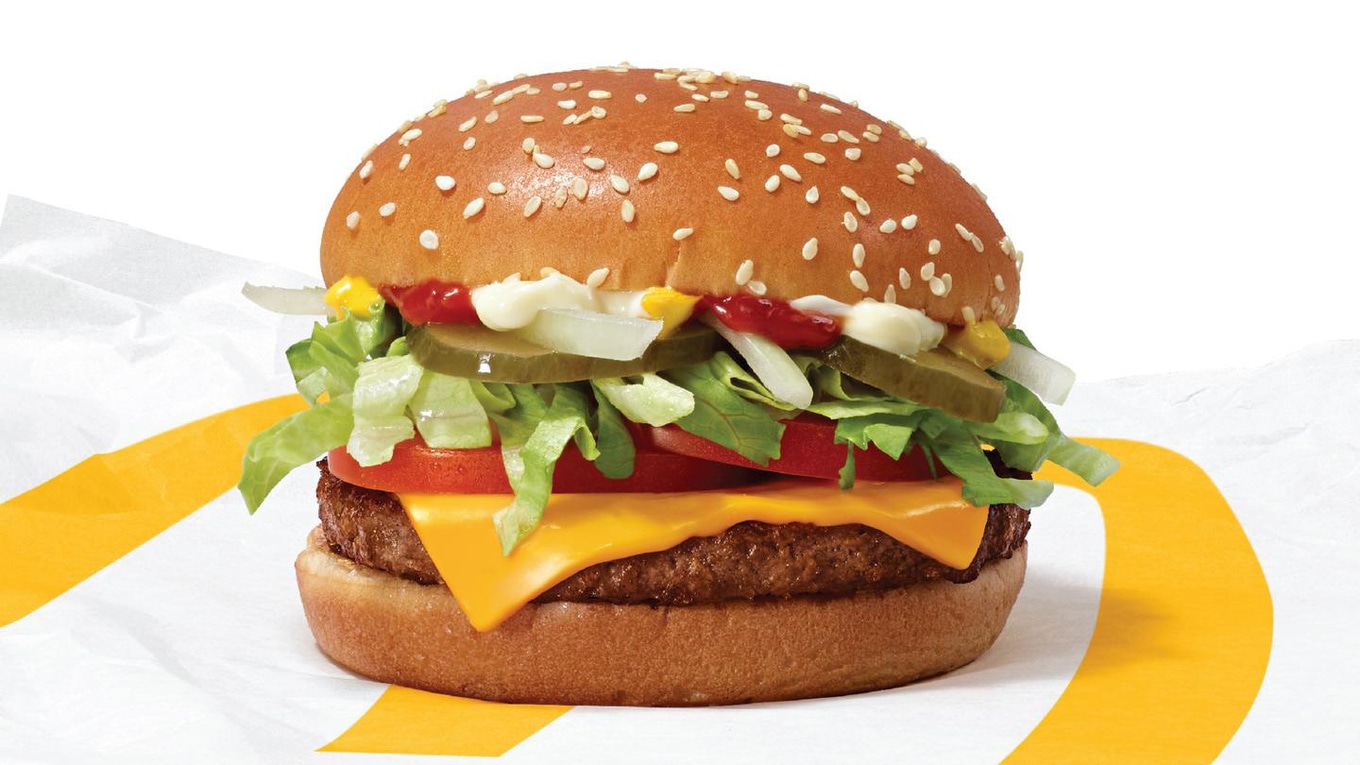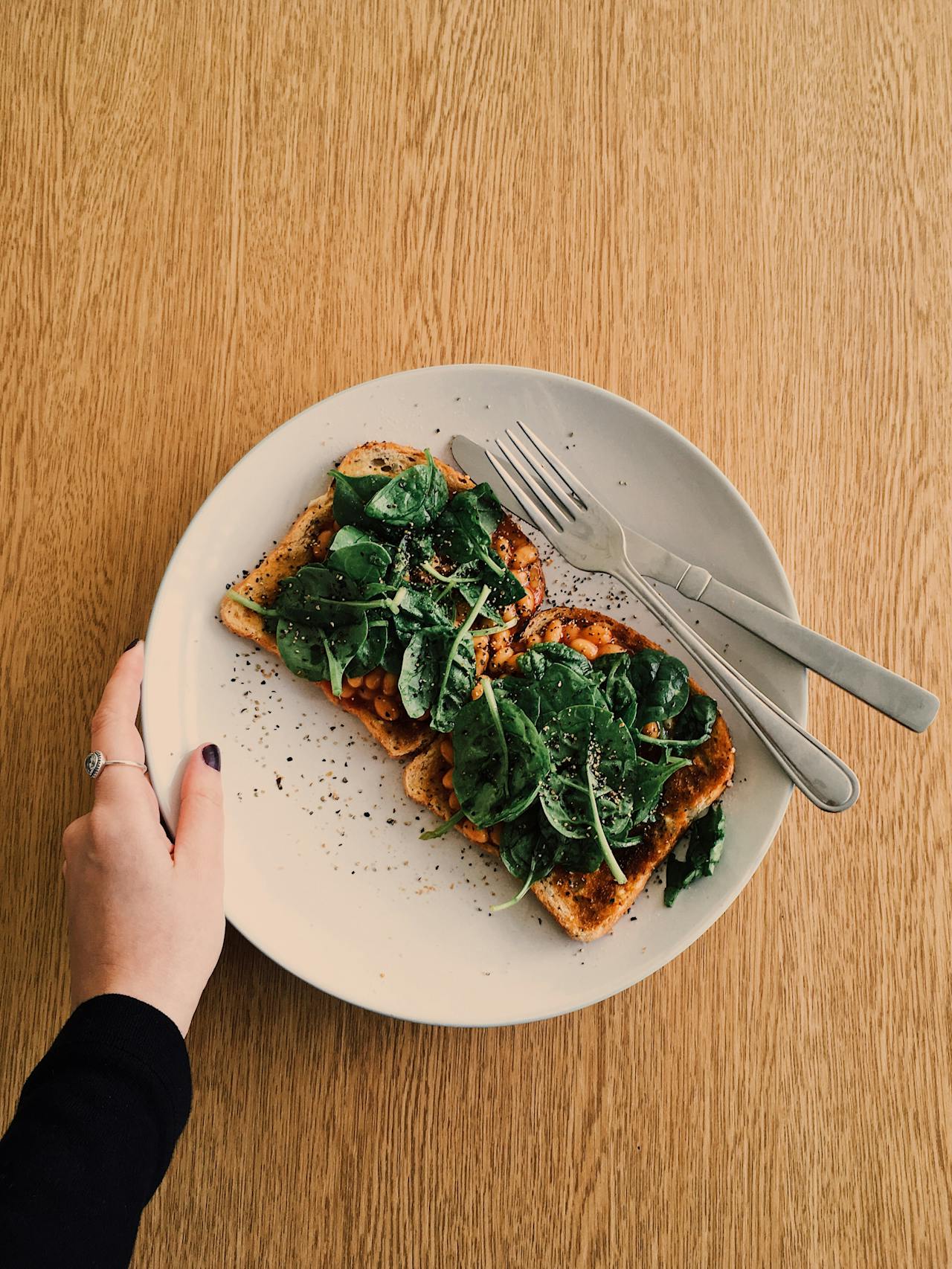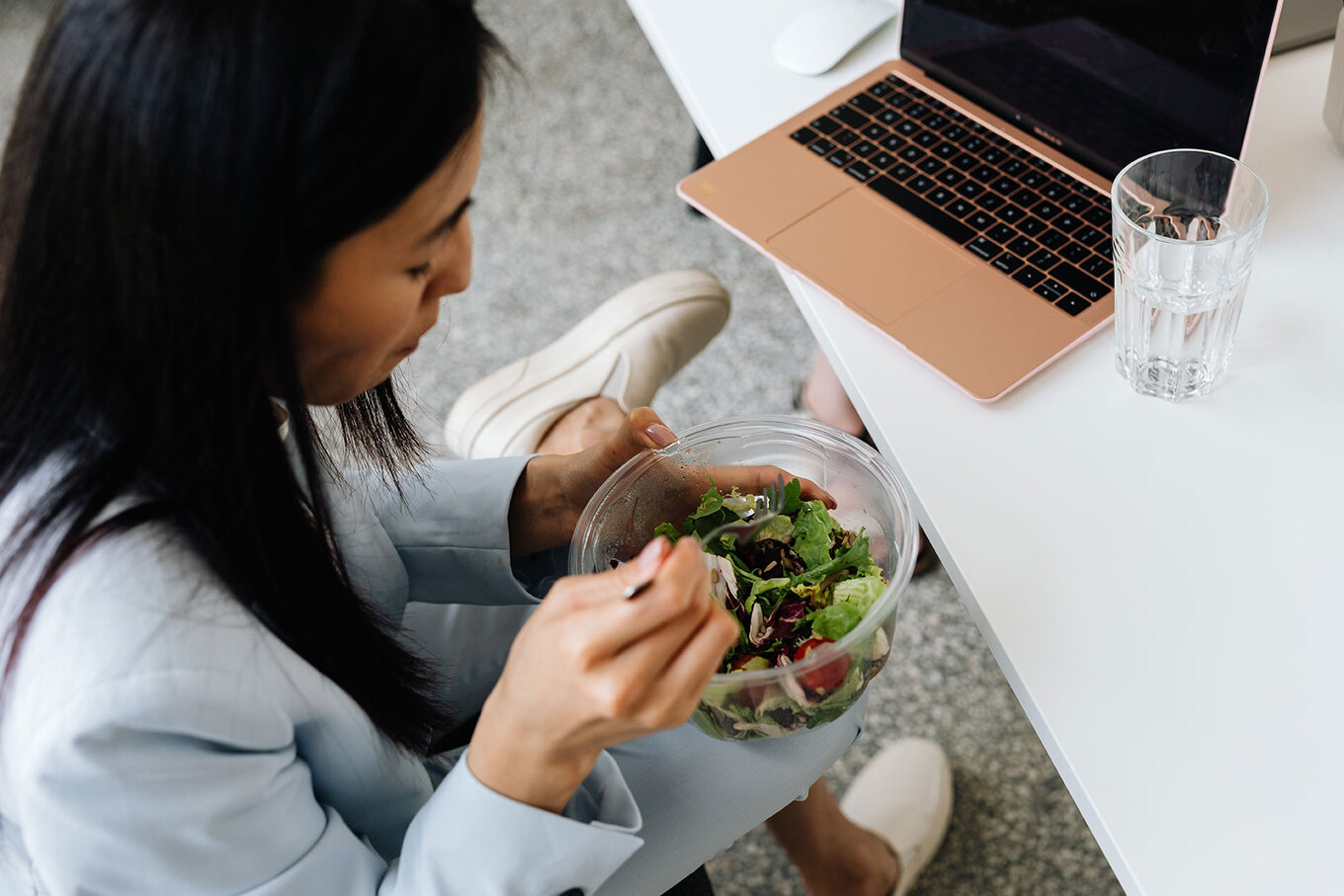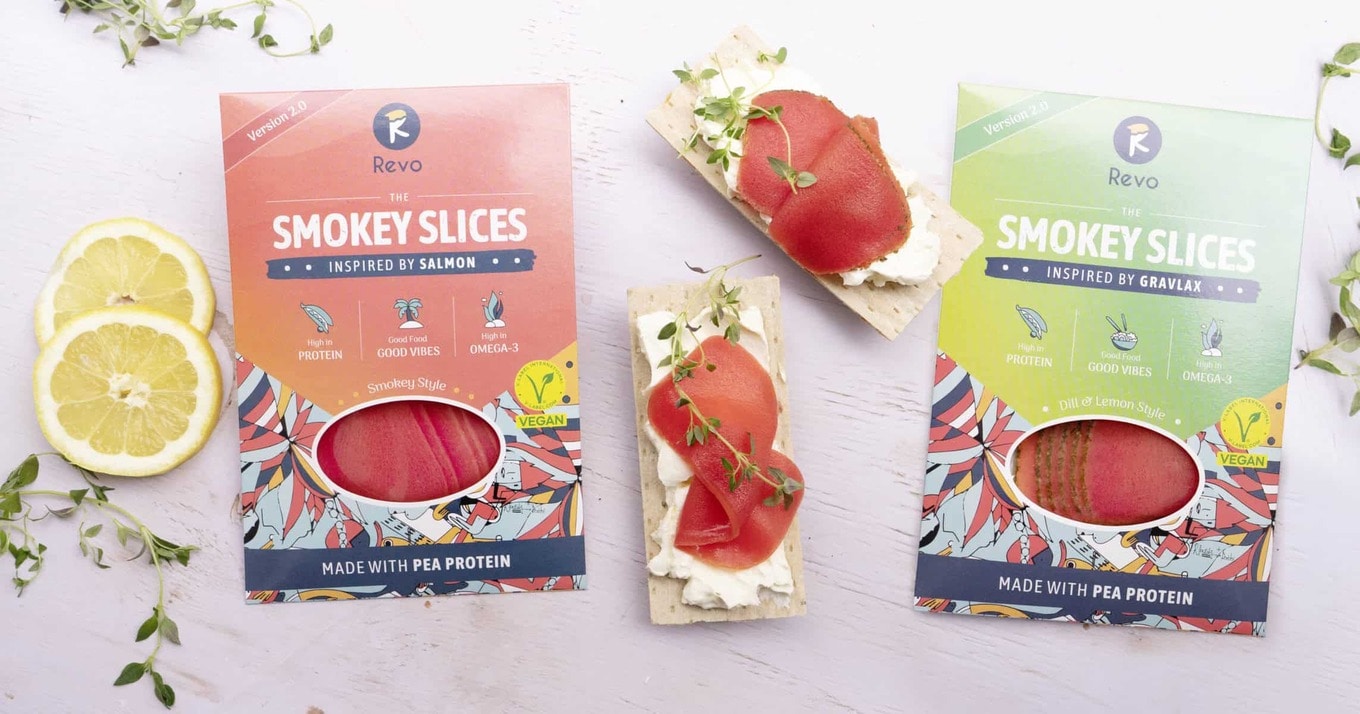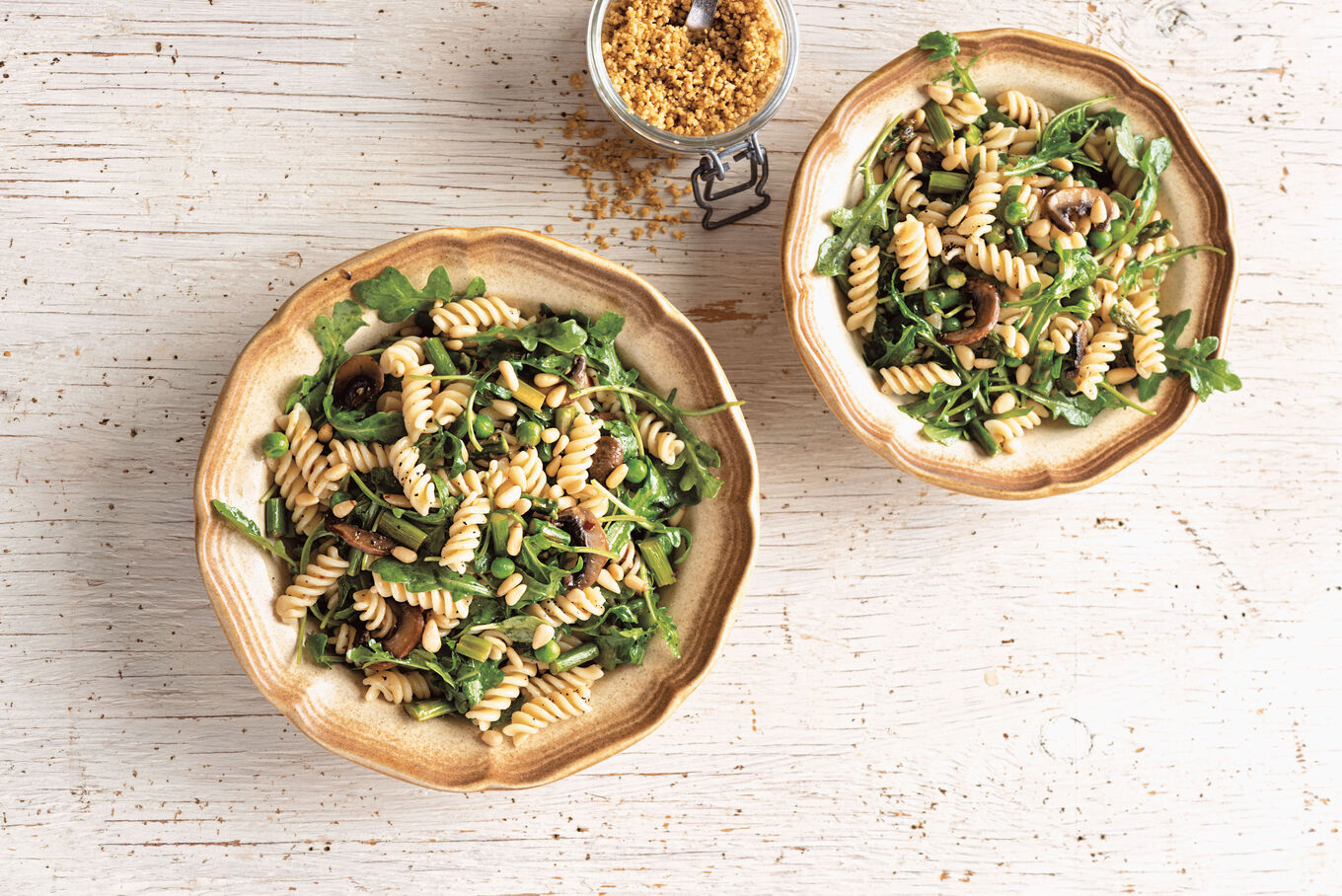When you find a recipe that looks really yummy, it can be frustrating when you get to the measurements and find out everything is laid out in grams instead of pounds. Instead of giving up and finding a different recipe (you will make those delicious-looking vegan cookies!), one option is to simply figure out the conversion. Switching between the imperial and metric systems can seem a little mind-boggling at first, but that’s why we’re here to guide you through it. Here, we’ll walk through the key differences between the two measurements. But first, let’s cut straight to the chase: How many grams in a pound?
Table of Contents
How many grams in a pound?
To be specific, one pound is the same as 453.592 grams. But who really needs the numbers after the decimal point, right? Instead, simply up the amount to 454 grams.
Converting grams to pounds
It depends on who you’re baking for of course, but, in reality, it’s not often that you will need an entire pound of say, sugar or flour, to make a batch of cookies. Instead, the recipe will likely call for 100 grams of sugar or 250 grams of flour. So how do you convert these? The answer is a little bit of simple math.
We know that one pound is the same as 453.592, so that means that one gram is the same as 0.0022 lbs. If you need 100 grams of sugar, you’ll need to multiply that by the latter. Spoiler: the answer is 0.22 lbs.
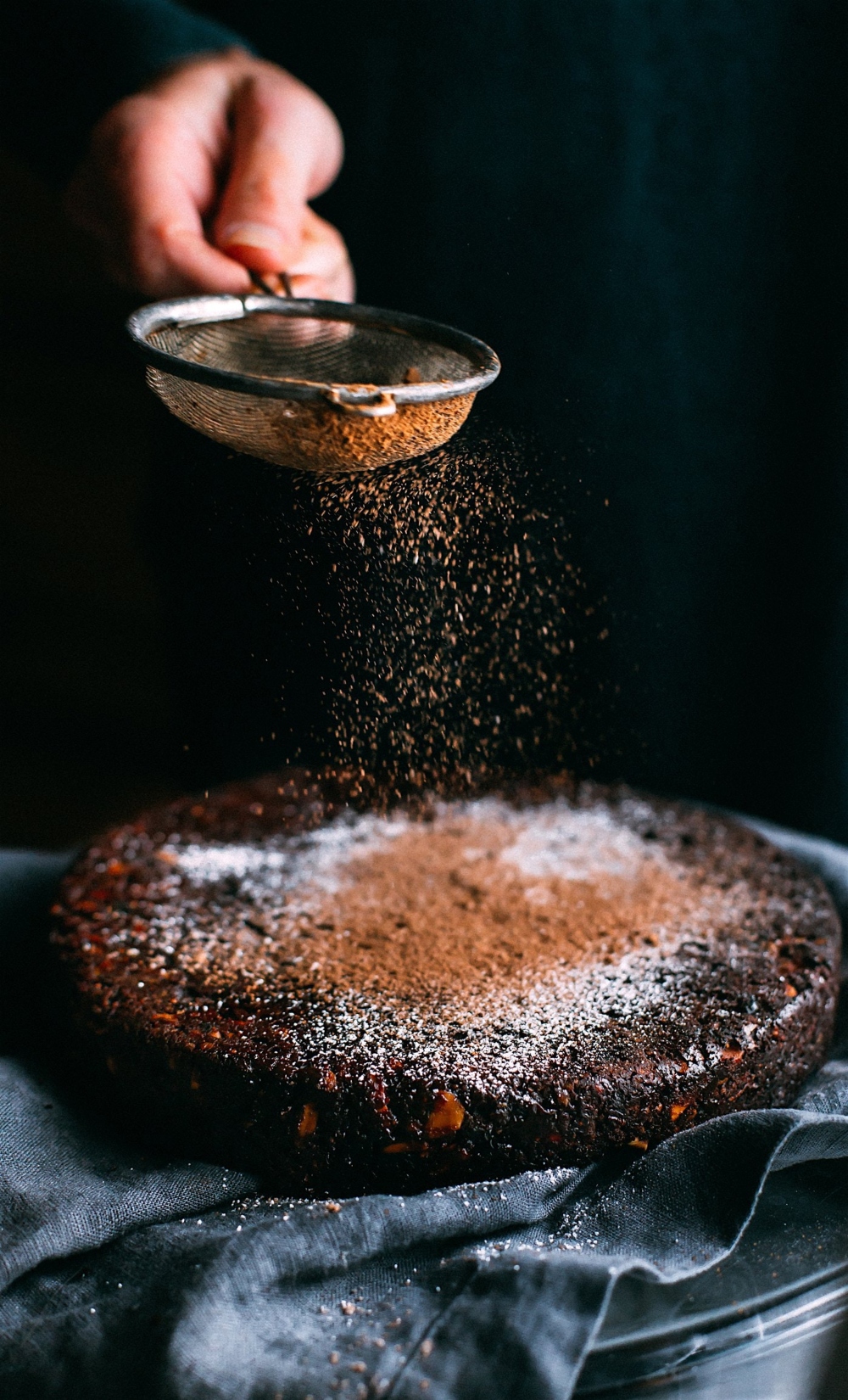 Unsplash
Unsplash
Converting pounds to grams
If you’re being faced with the opposite problem, and a recipe is in pounds but you need grams, it’s just as simple to convert in the opposite direction. All you need to do is multiply the number of pounds by 453.592. (So 3 pounds would be 1360.78 grams, as 453.592 multiplied by three is 1360.78.) But if you don’t have time to mess about with calculations (which is fair enough, quite frankly), then you can use a quick and easy online converter, like this one, for example.
When should you use grams or pounds in baking?
Most modern scales have the option to swap from pounds to grams. And if you want to have an easier time when you’re baking, it might be an idea to start using it. For one, most of the world uses the metric system (grams), so when you’re using online recipes, it’s just going to save you a fair bit of effort and hassle when it comes to working out conversions. But also, it’s easier to adjust recipes in grams. Because they are such a small unit of measurement, there aren’t any fractions to work out. (For example, 25 grams is far easier to figure out on a scale than 0.055 pounds.)
What’s the difference between metric and Imperial measurements?
The US is one of the only countries that continue to use the Imperial system of measurement. (The others are Myanmar and Liberia.) It was initially established in Britain in 1824 and refers to measurements of weight in pounds and ounces, measurements of length in inches and feet, and measurements of volume in fluid ounces, pints, and gallons. At that time, Britain had a significant influence over North America, so the US started using the Imperial system, too.
Throughout the 1800s, however, most European countries were moving over to a different system of measurement, called the metric system. It took Britain a little while to change its ways, but in 1965, it also ditched the Imperial system in favor of metric. Initially established in France in the late 1700s, the metric system refers to measurements of weight in grams and kilograms, measurements of length in centimeters and meters, and measurements of volume in liters.
The US didn’t follow Britain’s lead because, to put it simply, it was too big of a job. As most of the country’s infrastructure was already established around the imperial system, changing it all would have involved a lot of energy, time, and expense. That said, a number of schools teach both systems and you can often find both units on the back of product labels.
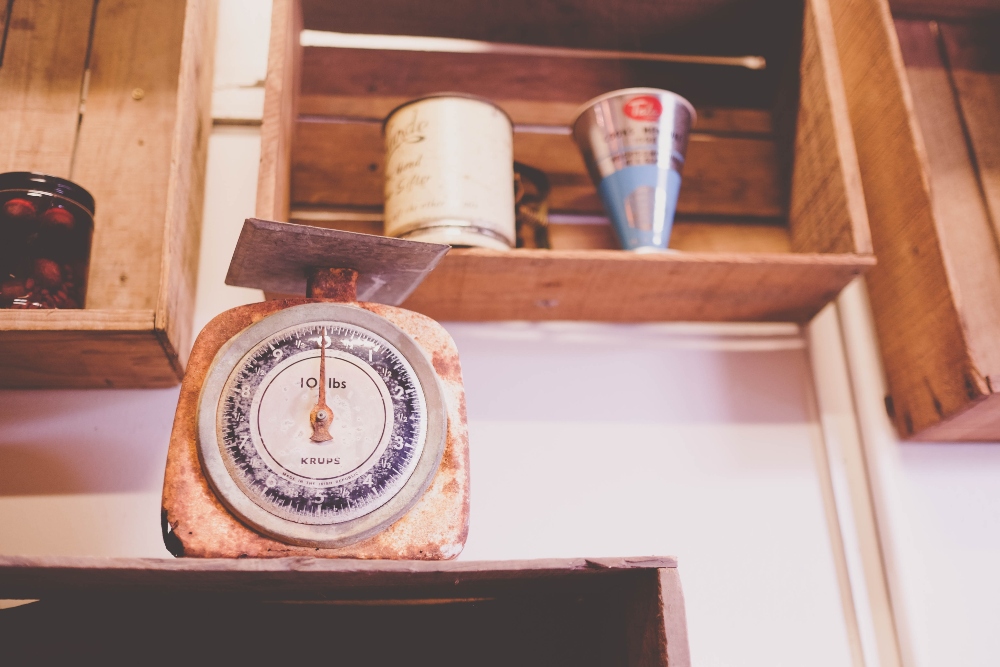 Unsplash
Unsplash
The Metric system basics
When you’re baking or cooking, there are a few basics to understand when it comes to the metric system. First, the abbreviations: grams (g), kilograms (kg), milliliters (ml), and liters (l). There’s also a tablespoon (tbsp) and a teaspoon (tsp), of course. In the metric system, a tablespoon is 15ml, and a teaspoon is 5ml. (So, basically, if you can’t find a tablespoon, then it’s the same as three teaspoons.)
The Imperial system basics
For the imperial system, the abbreviations are ounce (oz), fluid ounce (fl.oz), gallons (gal), pint (pt), and quart (qt). The latter refers to a quarter of a gallon (which is about two pints). When it comes to tablespoons and teaspoons, the former is about 0.5 fluid ounces and the latter is about 0.17 fluid ounces. (There are about 6 teaspoons in one fluid ounce.)


